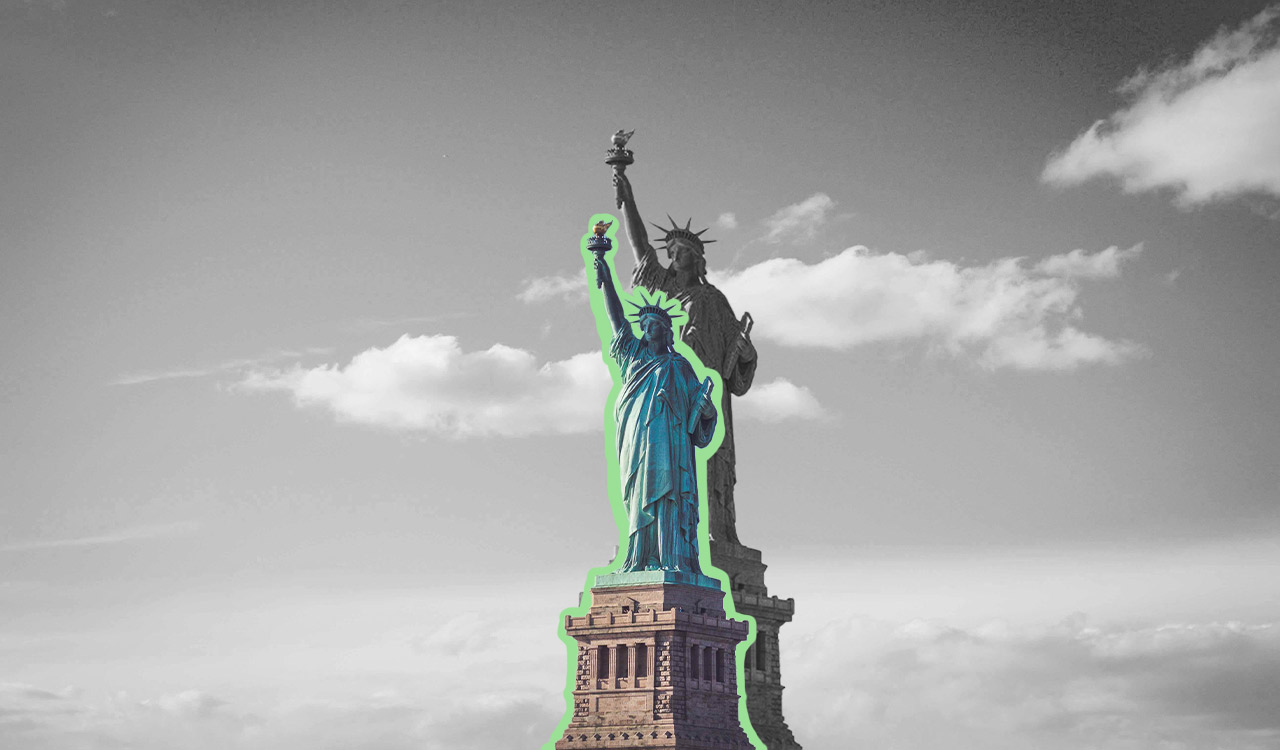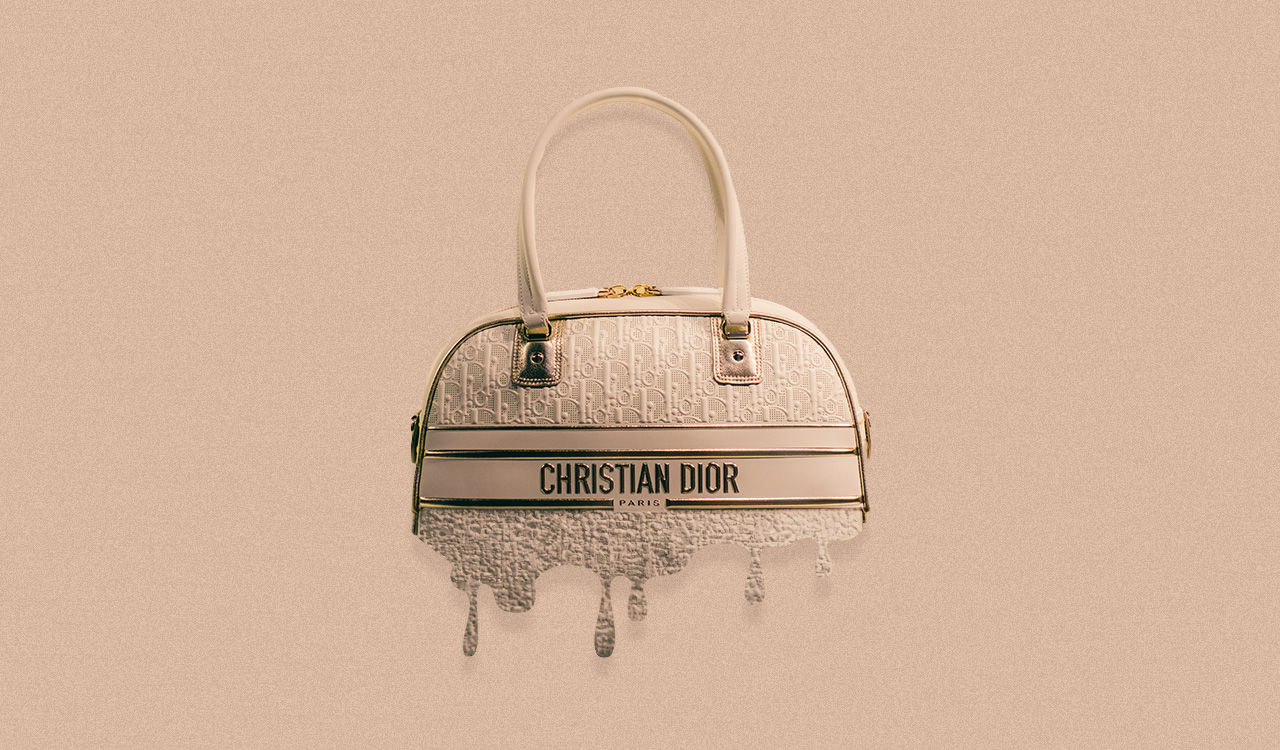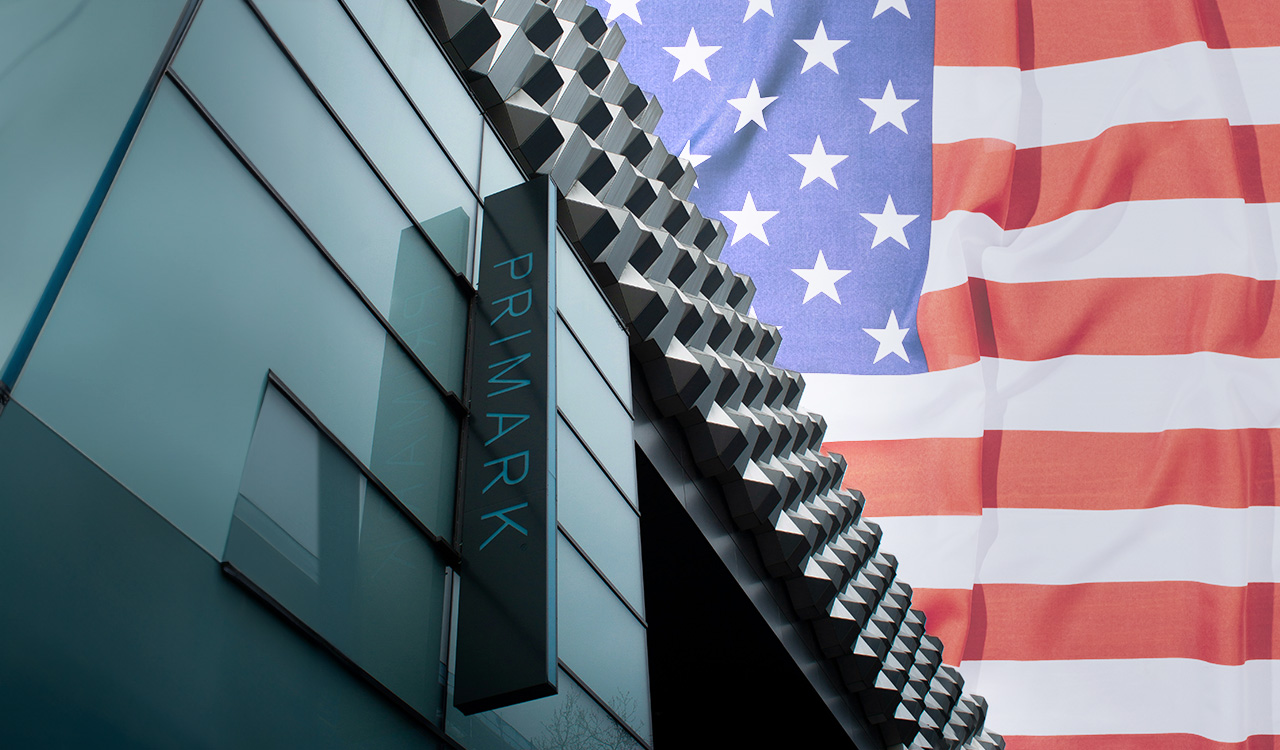Luxury retailers leased a record-breaking 650,000 square feet of retail space last year, according to a new report from JLL. Turning their attention stateside, luxury brands recognize that the U.S. is the most robust luxury market in the world, with the Americas accounting for 32 percent of the personal luxury goods market in 2022. On the other hand, China’s post-pandemic prospects are muddy, so it only makes good business sense to expand luxury brand presence in the U.S.
Yet, while digesting the report I kept hearing the Field of Dreams mantra– “If you build it, they will come.” Or will they?
Many luxury brands find that real estate is a better investment than advertising, assuming they can create retail experiences for their customers looking for immersive retailtainment. In other words, luxury brands are using their real estate in lieu of billboards and taking full advantage of physical spaces to connect with luxury customers.
Moving On In
The report doesn’t specify the number of stores but did quantify the size of leased stores. It worked out to an average of about 4,000 square feet per store for a total of some 150 stores.
Nor does the report put names to the numbers, but it reveals that the major movers globally in store openings last year were the big three conglomerates. LVMH (Louis Vuitton, Dior, Tiffany, Loewe and Fendi) opened 108 new stores. Kering Group (Gucci, Saint Laurent, Balenciaga, Bottega Veneta) added 100 stores and Richemont (Cartier, Van Cleef, Piaget, Chloe) grew by 96. But Prada Group (Prada and Miu Mui) shrank its footprint, closing 23 stores.
By contrast, the two U.S. aspirational luxury conglomerates, soon to be combined into one entity, have greater exposure here and they were in a holding pattern. Capri Holdings (Michael Kors, Versace, Jimmy Choo) added one store and Tapestry (Coach, Kate Spade, Stuart Weitzman) closed seven stores. Ralph Lauren added two North American flagship stores and closed four outlet stores for a net change of minus two.
New York and Los Angeles will get the majority of new square footage (55 percent). Next on the list are Miami, Atlanta and Las Vegas. The Beverly Hills Triangle will absorb 41 percent of LA store openings, where a number of vacated stores are ready for new tenants. Barneys, Escada, Niketown, and Barnes & Noble among others sit empty and the former Chanel spot is also available after it moved into an expanded space.
Multiple Touchpoints
The JLL report states retail store expansion has been a key driver for luxury retailers’ growth since the pandemic. It predicts the new wave of retail expansion will continue to provide more fuel, especially since ecommerce share of overall retail sales has leveled off to 15 percent market share.
“The JLL report highlights the importance of physical stores in the luxury retail landscape,” observed Chandler Mount, founder of the Affluent Consumer Research Company (ACRC). “It ties in well with ACRC’s survey data, which shows 37 percent of U.S. affluent consumers source their luxury brand information from high-end retail stores.”
Stressing the multi-dimensionality of luxury shoppers, particularly the younger cohort, he added, “They show a strong inclination towards the physical shopping experience with a significant 30 percent of millennials and Gen Zer using personal relationships with store associates as a primary shopping strategy.”
There is no question that new stores will generate a curiosity factor among local luxury shoppers, but then the success of each new store will be determined on a case-by-case basis. “If too many physical stores open in proximity of each other, that could eventually bring dilution,” warned Thomaï Sedari, associate professor of marketing at Stern School of Business.
And she added, “We need to consider that advertising online has become prohibitively expensive. Many brands find that real estate is a better investment, assuming they can create retail experiences for their customers looking for immersive retailtainment. In other words, luxury brands are using their real estate in lieu of billboards and taking full advantage of physical spaces to connect with luxury customers.”
We’ve heard the “store as billboard” argument before, and because stores can reach customers through multi-touchpoints, they do the job better than the one-dimensional visual engagement of billboards. Yet, humans are wired to notice changes in their environment and ignore things that remain the same. It’s easier and cheaper to swap out a billboard than a store. So after the newness wears off, people are likely to walk past the same store day after day rather than walk in. They simply won’t notice anymore.
Mall Mania
Luxury brands’ rush to stake out more square footage in the U.S. market breaks a cardinal rule in luxury marketing to keep distribution limited and rare: “From the moment that luxury democratizes, if it loses the attribute of rarity, it loses its essence and becomes common,” wrote J.N. Kapferer and V. Bastien in their seminal book, The Luxury Strategy: Break the Rules of Marketing to Build Luxury Brands.
Rare is a keyword and the fact that 40 percent of the newly listed space is going into malls pretty much defines not-rare: common. Since publishing their book, Professor Kapferer observes luxury brands have largely followed the common path and abandoned the road less traveled.
“I feel that luxury has abandoned the ‘rarity model’ – except maybe Hermès and a few others. Instead, LVMH and the rest excel in selling ‘abundant rarity’ or ‘rarity by the millions’ to put the brand in contact with larger aspirational audiences,” he said.
Brands hope that as aspirational consumers grow in wealth, they will trade up to the higher-level uber luxury and abundant sales at the aspirational level will result in accumulated brand equity. But when a brand crosses the line and becomes too common, it runs the risk of exclusivity dilution among the HNWI.
Exclusivity on the Edge
Hermès may be getting dangerously close to ubiquity. It just opened its sixth California store in Westfield Topanga to bring its total to 35 U.S. stores, including five in Florida. And in the first half of the year, it opened three new leather goods factories to provide more supply to meet excess demand.
So far, Hermès has maintained its growth momentum, with first half-year results up 25 percent globally in constant currency rates. But of all its markets, the Americas recorded the slowest growth, up 20 percent, compared to Europe, up 22 percent, and Asia, up 27 percent. Perhaps when Hermès starts to reach the desired level of supply-demand equilibrium, its spectacular growth trajectory will begin to slow.
As for the mall locations selected by Hermès and other luxury brands, A+ malls will gain the new tenants. An educated guess numbers them in the 50 to 60 range out of some 170 A malls and lifestyle centers.
And these malls tend to devote exclusive corridors to their luxury tenants, as does the American Dream and Westfield Topanga malls. But then the paradox of choice problem must be layered over this: when the number of choices increases, people psychologically cave to the products they know or get stalled in making a purchase decision and therefore the overall yield decreases. So, luxury brands investing in new mall spaces co-located in luxury wings filled with competitors may find their new stores are less productive than planned.
On top of all this is a continued shortfall in mall traffic. Indoor mall foot traffic from January through August 2023 remains 10 percent below the same period in 2019, and open-air lifestyle centers are down five percent, according to Placer.ai. Luxury consumers have many more experiential choices than spending a day at the mall, no matter how fine the amenities offered there.
Time’s Running Out
Given the lead time required in site selection and lease negotiations, luxury brands’ renewed interest in the U.S. market has been driven by its strong post-pandemic performance. Personal luxury market year-over-year growth in the Americas topped the world, up 35 percent from 2019 through 2022, according to Bain.
But the tide is turning. Nordstrom flagship brand revenues dropped 10 percent most recently, as did Ralph Lauren in North America. Capri Holdings, parent of Michael Kors, Versace, and Jimmy Choo and just acquired by Tapestry, ended its most recent quarter with revenues off at the same level.
Canada Goose revenues in the states flagged four percent in its prime fourth quarter ending in April. And LVMH, Kering, Richemont, Prada and Burberry reported revenues in the Americas were down in their most recent reporting.
Despite Bain’s mid-year projection that the global luxury market will advance between five percent and eight percent this year, It calls the U.S. a mixed bag: “The middle classes are already feeling the pinch of inflation and the effects of the 2022 stimulus payments are long over. Aspirational brands and products are lagging behind. American high-end consumers are traveling once more, and spending outside of the U.S. The growth estimated for the year is three percent.”
However, Morgan Stanley, along with Barclays, Deutsche Bank, Jefferies and Goldman Sachs Group, see a slowdown coming for the luxury sector. For example, Morgan Stanley lowered organic growth forecasts for most luxury companies for the back-half of the year and Barclays lowered its recommendation on LVMH and the luxury sector to neutral from positive.
Optimism On Hold
Recent consumer surveys point to growing uncertainty and diminished confidence. ACRC’s most recent luxury tracking study found its Luxury Spending Index pulled back from its peak of 54.2 points in the March through May period to 52.9 points in June through August. Mount says the results still show a healthy economic and purchasing outlook for its high-income and HNW survey sample (average HHI $467K and median net worth of $2.5 million excluding primary residents).
However, he cautioned, “The recent minor slowdown in luxury spending warrants closer monitoring,” since luxury consumer behavior can change on a dime just like it did back in the 2008-2009 Great Recession when the global luxury market dropped by nearly 10 percent over the two years.
Based on a survey across a broader range of consumers, The Conference Board’s September read of the economy shows we are headed for another rough patch in early 2024 when a recession is expected. It is forecast to be short and shallow, but then, with so many things in play, it could turn long and deep.
“The Confidence Index fell for the second month in a row and it was moved by expectations. The expectations gauge fell below 80 to 73.7 points, which is a threshold that signals recession within the next six months,” said Dana Peterson, the association’s chief economist.
Observing that earlier in the summer, consumers were feeling more positive, similar to Mount’s tracking study, they are less confident now about business conditions, job availability and incomes. “We’ve been seeing folks across the income spectrum being challenged,” she said, explaining they are pulling back on discretionary purchases, with luxury being the most discretionary of all purchases and the easiest to cut.
“They’re shifting to buying things they need, like food and energy, and that is really telling,” she continued, adding that the current family financial measure raises more warning flags. “The share of respondents citing a ‘good’ situation fell for a second month in a row, and those citing ‘bad’ conditions rose.”
It’s not like luxury consumers are suddenly going to start shopping at dollar stores. Yet they potentially have the most to lose if the economy goes south – September was the stock market’s worst month all year. The S&P 500 fell five percent, and the Nasdaq dropped six percent. And with student loan payments coming due in October, it’s going to take more wind out of the sails of the expensively-educated younger HENRY (high-earner-not-rich-yet) consumer segment, the so-called aspirational customers.
All in all, it looks like luxury brands’ Field of Dreams game will be called for an extended economic rain delay. Who knows when they’ll play ball again.




